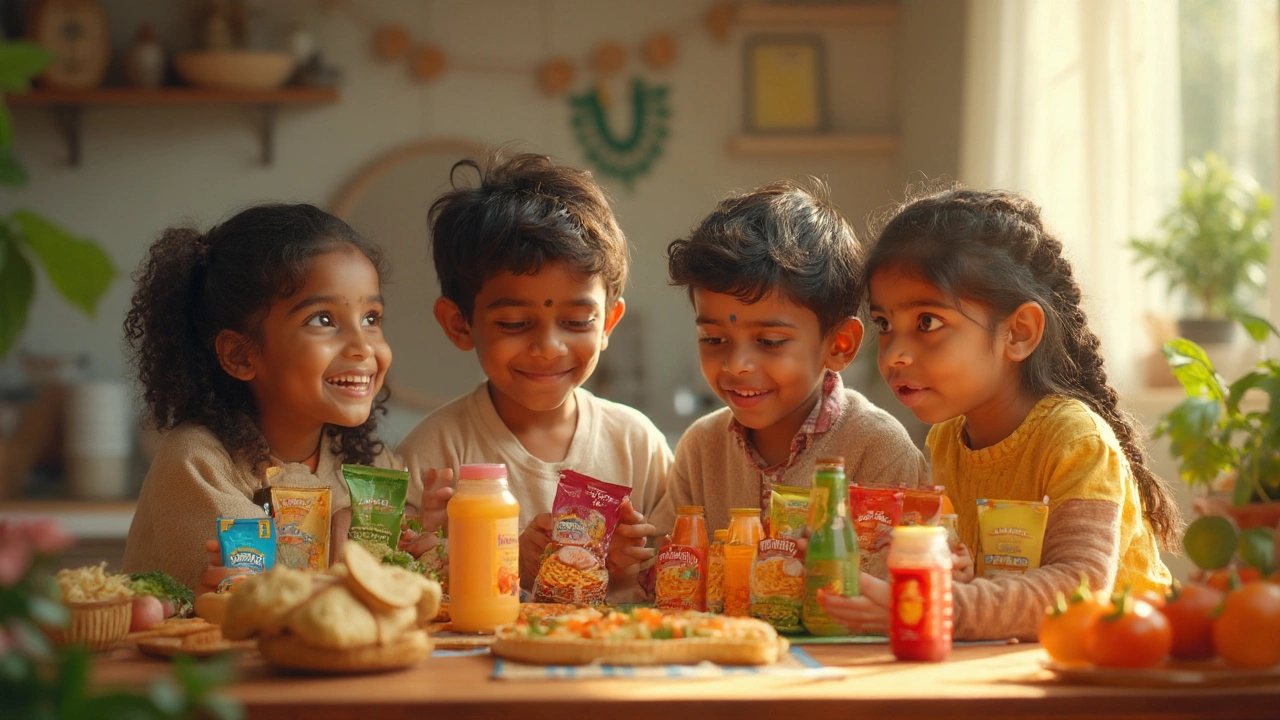- Which chemicals are in most demand in India's manufacturing sector? Dec 19, 2025
- Why Small Scale Businesses Fail: Top Reasons Nobody Tells You Jun 23, 2025
- Top Pharma Plants in India: Leading Manufacturers in 2025 Oct 17, 2025
- Easiest Manufacturing Businesses to Start: Real-Life Ideas That Work May 20, 2025
- Why Are Drugs Cheaper in India? Pharma Manufacturing Secrets Uncovered Jun 15, 2025
Global Food Production: What’s Changing and Why It Matters
Every time you sit down to eat, a massive network of farms, factories, and trucks made that meal possible. In the last few years the whole system has been under pressure – rising populations, climate concerns, and new tech are reshaping how we get food from field to fork.
Key Trends Driving the Industry
First off, automation is no longer a buzzword. Robots now sort, pack, and even cut meat in large plants. This cuts labor costs and reduces human error, which means more consistent quality. Second, data is the new fertilizer. Companies use sensors and AI to monitor soil moisture, predict pest outbreaks, and adjust processing lines in real time. The result? Less waste and higher yields.
Third, sustainability is becoming a deal‑breaker. Consumers ask for “green” labels, so producers are investing in renewable energy, water‑recycling systems, and eco‑friendly packaging. In places like India, government incentives are pushing factories to adopt solar power and reduce carbon footprints, creating a ripple effect across the global supply chain.
Challenges You Need to Watch
While the tech hype is exciting, supply‑chain hiccups still happen. Shipping delays, trade tariffs, and labor shortages can spike prices overnight. Another pain point is food safety. With longer, more complex routes, a single contamination can affect multiple countries. Companies are therefore tightening traceability using blockchain, so a product’s journey can be tracked from seed to shelf.
Lastly, the climate factor can’t be ignored. Droughts in major grain regions or floods in coastal processing hubs can cripple output. To stay resilient, firms are diversifying sourcing locations and experimenting with climate‑smart crops that need less water.
So, what does this mean for you? If you’re a food‑industry professional, keep an eye on automation tools that fit your scale, invest in data platforms that give real‑time insights, and prioritize sustainable practices that meet consumer demand. For everyday shoppers, ask about the source of your products and look for clear sustainability certifications.In short, global food production is moving faster, greener, and more data‑driven than ever. Staying ahead means understanding these shifts and adapting early – whether you run a factory, a farm, or just a kitchen.
Most Processed Foods: Surprising Facts and Their Global Impact
- Aarav Sekhar
- Aug 6, 2025
Discover which food owns the title for most processed, how it's made, and how it shapes diets worldwide. See surprising details and expert opinions.
